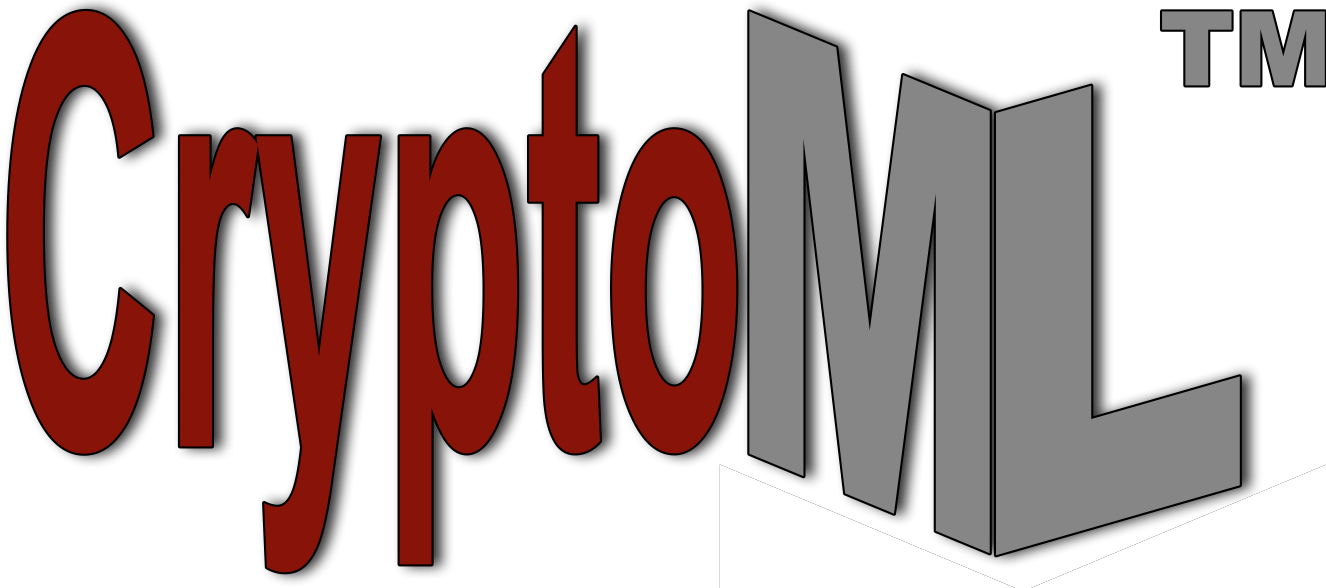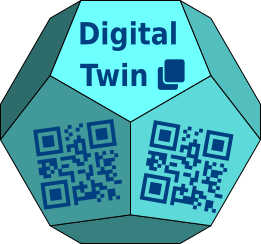Cybersecurity Overview - All You Need to Know
This section provides an overview of Cybersecurity technologies, including a formal definition and information about Cybersecurity core concepts, origins, characteristics, enabling technologies, and variations.
| | CYBERSECURITY SYNOPSIS |
|---|---|
| Definition: | |
| Aliases: | a.k.a. Cyber Security, Computer Security, Network Security, Internet Security. |
| Security Classification: | Security Paradigms —> IT Security —> Cybersecurity |
| Core Concepts: | Some core cybersecurity concepts are defined below: Cyber attack: An offensive action by a malicious actor that is intended to undermine the functions of networked computers and their related resources, including unauthorized access, unapproved changes, and malicious destruction. Examples of cyber attacks include Distributed Denial of Service (DDoS) and Man-in-the-Middle (MITM) attacks. cyber threat: A potential cyber attack, which may be assigned a probability of occurrence that can be used for cyber risk assessment. cyber risk: A risk assessment that has been assigned to a cyber threat, such as DDoS attack or a data breach. A cyber risk assessment may be either qualitative or quantitative, where the latter should estimate risk (R) as a function of the magnitude of the potential loss (L) and the probability that L will occur (i.e., R = p * L). The terms cyber attack, cyber threat, and cyber risk are interrelated as follows. A cyber attack is an offensive action, whereas a cyber threat is the possibility that a particular attack may occur, and the cyber risk associated with the subject threat estimates the probability of potential losses that may result. For example, a Distributed Denial of Service (DDoS) cyber attack by a botnet is a cyber threat for many enterprises with online retail websites, where the associated cyber risk is a function of lost revenues due to website downtime and the probability that a DDoS cyber attack will occur. Cyber defense: Activites intended to eliminate or mitigate the effects of a cyber attack. Cyber countermeasure: A cyber defense activity that is aimed to eliminate or mitigate the effects of a specific cyber attack (e.g., Anti-Virus software is designed to act as a cyber counter-measure for a computer virus attack). The terms cyber defense, cyber countermeasure, and cyber threat are interrelated as follows. In the general case, a cyber defense is the aggregate of activities that are intended to eliminate or mitigate the effects of cyber threats, which are potential cyber attacks that have may have been assigned a certain possibility of occurring. In the more specific case, a cyber countermeasure is a particular defense activity that is aimed to eliminate or mitigate the effects of a specific cyber attack. For example, IDS (Intrusion Detection System) and IPS (Intrusion Protection System) products are cyber countermeasures designed to detect and protect against Distributed Denial of Service (DDoS) cyber threats. However, in practice, IDS/IPS products that detect DDoS attacks at the application layer are ineffective in thwarting DDoS attacks that employ legal protocol packets to attack their targets. † Cyber Prefix: The cyber- prefix generally denotes something to do with cyberspace, the virtual environment that consists of all networked computers, whose interconnections comprise the Internet-of-Things (IoT). For example, in the context of cybersecurity (= cyber + security) it is common to speak of cyber threats, cyber attacks, cyber defenses, and cyber counter-measures. |
| Origin: | Etymology
For a comprehensive and colorful explanation of how cybersecurity and its variants (cyber security and cyber-security) evolved as the preferred term for computer and network security, especially in a military-aerospace context, see 'Cyber' Dons A Uniform [Zimmer 2013]. |
| Technology Characteristics: | • General purpose?
[Can be applied to any networked computer system] • Multi-disciplinary? [Combines computer science, computer engineering, network architecture & design disciplines] • Mature open standards? [Standards and frameworks relatively immature] • Rigorous discipline? / [Currently more black art than science!] • Scaleable? [Can scale for projects with 100+ engineers.] • Mission critical? [Critical for both commercial and defense applications.] • Supports Agile or Lean processes? [Must be adapted for Agile + Lean methods.] • Automated tool support? / [Continues to evolve, but still can’t keep up with the cyber villains.] |
| Enabling Technologies: | • Computer Software
• Computer Hardware
• Computer Networks |
| Usages: | • Commercial applications
• Personal applications
• Military-Aerospace applications |
| Variations: | • Cyberwarfare
• Information security
• Mobile security
• Network security
• World Wide Web Security |
CYBERSECURITY FORUM and CyberSecurityForum.com are trademarks of PivotPoint Technology Corporation. All other product and service names mentioned are the trademarks of their respective companies.



